Market Share
Aerospace Parts Manufacturing Market Share Analysis
In the competitive landscape of the Aerospace Parts Manufacturing Market, companies employ diverse strategies to establish and enhance their market share, striving to differentiate themselves and secure a prominent position.
One crucial strategy revolves around innovation and technological advancement. Companies that invest significantly in research and development (R&D) often gain a competitive edge by introducing cutting-edge technologies and materials into their manufacturing processes. Innovation drives the creation of high-performance, durable, and more cost-effective aerospace parts, appealing to customers seeking advanced solutions.
Strategic partnerships and collaborations are also key in market positioning. Aerospace parts manufacturers often engage in partnerships with aircraft OEMs, suppliers, and technology firms. These collaborations facilitate the co-development of specialized components, allowing manufacturers to offer comprehensive solutions that align with the specific needs and requirements of their partners. These alliances not only expand market reach but also enhance the value proposition for customers.
Moreover, customer-centricity plays a pivotal role in market share positioning. Understanding the unique needs and preferences of aircraft operators, defense entities, and other customers is crucial. Manufacturers that tailor their products to meet specific customer demands, whether it's optimizing for fuel efficiency, durability, or cost-effectiveness, stand out in the market. Providing exceptional after-sales service and support further strengthens relationships and secures customer loyalty.
Strategic pricing is another significant aspect of market positioning. Companies often adopt pricing strategies that balance competitiveness with maintaining profitability. Differentiating pricing tiers based on product features and catering to various customer segments helps manufacturers capture diverse market segments. This approach allows companies to offer value-driven solutions while ensuring sustainable growth.
Market penetration and global expansion strategies are critical for gaining and maintaining market share. Aerospace parts manufacturers explore opportunities in emerging markets and regions experiencing aviation growth. Establishing a strong presence in these markets involves investments in marketing, distribution channels, and partnerships with local entities. By tapping into new markets, companies broaden their customer base and diversify their revenue streams.
Furthermore, quality assurance and adherence to industry standards are paramount. The aerospace industry demands the highest standards of quality, safety, and compliance. Manufacturers that prioritize stringent quality control measures and certifications build trust among customers. Compliance with industry regulations and certifications enhances credibility and positions companies as reliable suppliers within the market.
However, challenges persist within these positioning strategies. Balancing the cost of innovation with profitability remains a constant challenge. Investing in R&D and innovative technologies can be capital-intensive, impacting the bottom line. Additionally, staying competitive while managing supply chain disruptions, geopolitical uncertainties, and raw material costs requires strategic agility and adaptability.
In conclusion, market share positioning strategies in the Aerospace Parts Manufacturing Market encompass innovation, strategic partnerships, customer-centricity, pricing strategies, global expansion, and a steadfast commitment to quality and compliance. Success in this highly competitive industry requires a comprehensive approach that not only focuses on product excellence but also on building strong relationships with customers and adapting to the dynamic market conditions. Aerospace parts manufacturers that adeptly execute these strategies position themselves for sustained growth and competitiveness in this evolving industry.

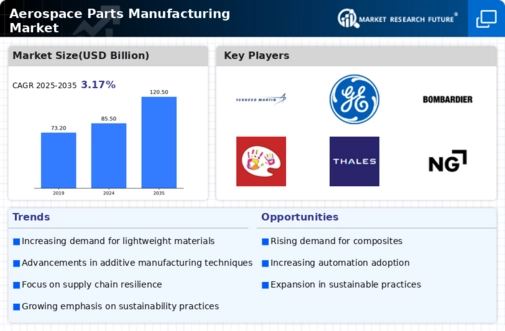
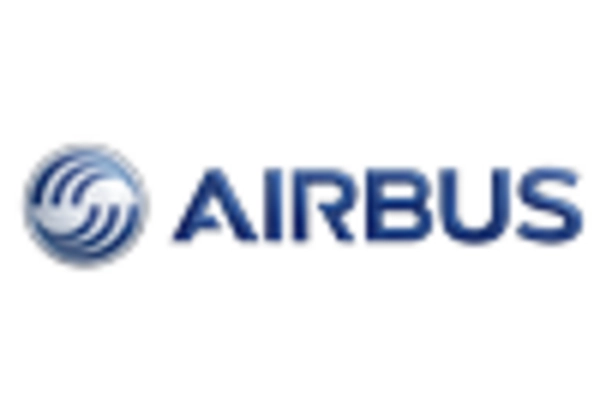

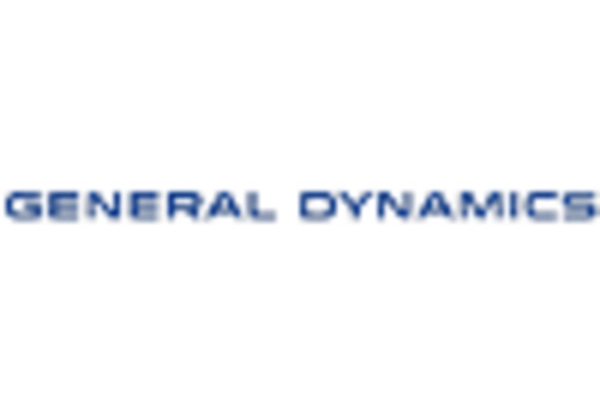
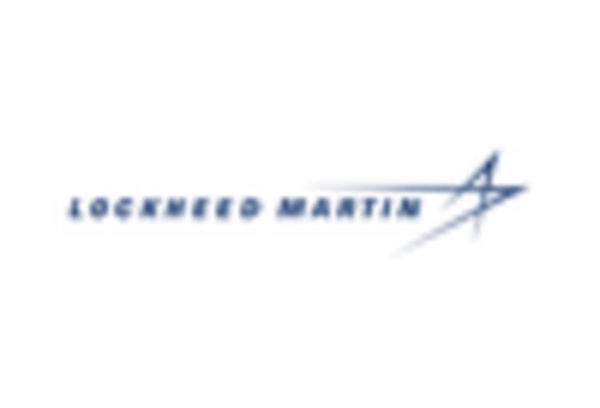

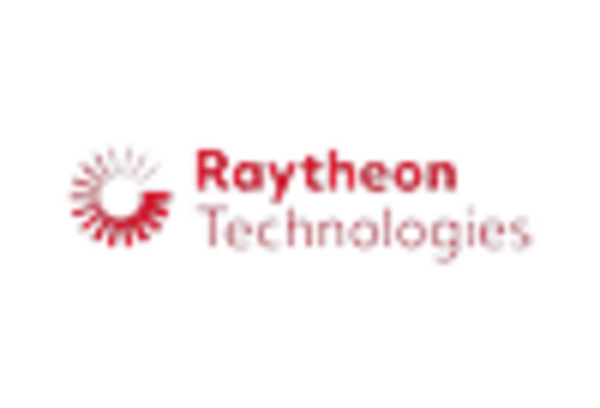









Leave a Comment